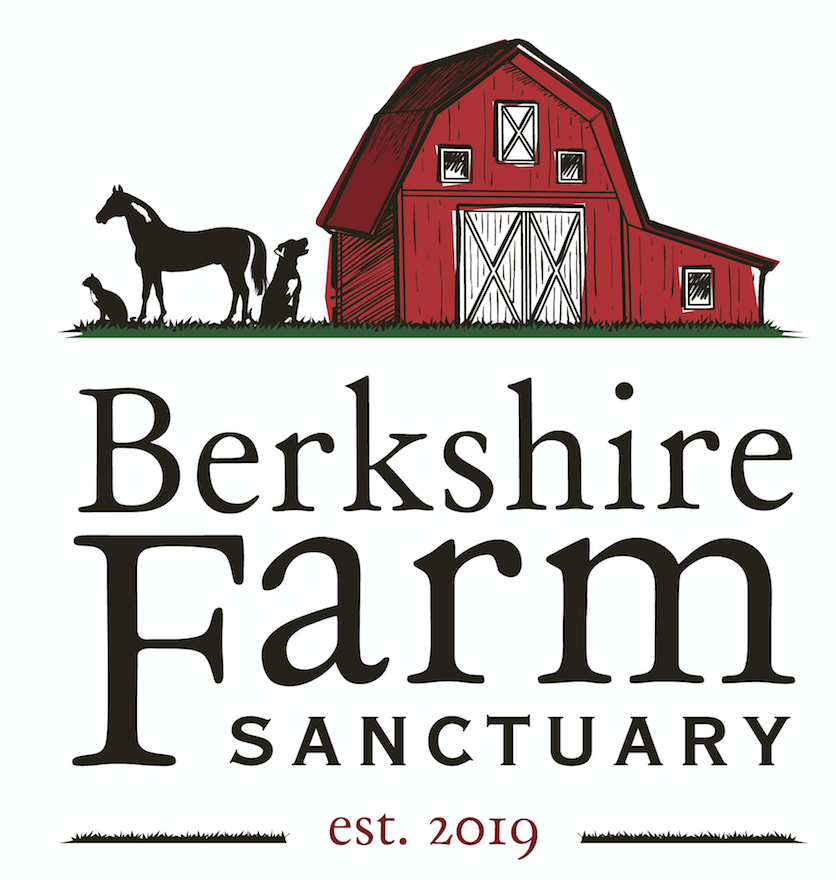The Sad Life of Dairy Cows and their Calves
Humans have been consuming milk from cows for centuries. While all cow species can produce milk for their young, only a few are used to produce milk for human consumption. In the United States, there are seven primary breeds commonly found: Holstein, Guernsey, Jersey, Brown Swiss, Ayrshire, Red and White Holstein, Milking Shorthorn.
There are over 9 million dairy cows in the U.S., with the most popular being Holsteins, which represent over 90% of the national population, in an industry that perpetuates the suffering, exploitation, and death of dairy cows.
The common misconception is that cows produce milk throughout their lives. However, just like human mothers, cows only produce milk intended for the babies they give birth to. Cows are typically impregnated for the first time, by artificial insemination, when they are around 2 years old. After giving birth, they lactate for about 10 months and then they are impregnated again and are continually impregnated in order to produce milk on an ongoing basis to meet the supply and demands of the dairy industry for human consumption, which thanks to genetic manipulation, intensive production technologies, including Bovine Growth Hormone (BGH), a synthetic hormone legal to use in the U.S., each cow produces up to 70-100 pounds of milk per day — ten times more than they would naturally produce.
Due to the unnatural demand of milk production, approximately half of the dairy cows in the U.S. suffer from mastitis, a painful bacterial infection of their udders, caused from being constantly milked. Bovine Leukemia Virus, Bovine Immunodeficiency Virus, and Johne’s disease, are also widespread in factory farms and often go unnoticed and untreated due to long incubation periods.
Calves born to dairy cows, regardless of sex, are taken from their mothers almost immediately after birth, causing mental distress on the mothers. If the calves aren’t killed right after birth, they live short, tortured lives. If female calves aren’t entered into milking production, they are sold as veal, which also happens to male calves, if they aren’t shot, because male calves are considered useless to the dairy industry.
Dairy cows rarely live past five years (verses the natural lifespan of 15-20 years), as that is when their milk production levels drop and their bodies are considered “spent”, rendering them as no longer useful to the industry. They are sent to slaughter where their life of exploitation and cruelty, meets an even more brutal end. They are killed and sold as low-grade beef or for other uses. Many are unable to walk from the transport truck to the killing floor, their bodies broken, damaged and diseased. While it is illegal for downed cows to be slaughtered alongside “healthy” cows to prevent sick animals from entering the food system, these “downed cows” are routinely dragged or pushed with bulldozers to move them into slaughterhouses, where they are “stunned” by a mechanical blow to the head, meant to render them unconscious. However, this method is often inadequate, with the cows still conscious when they are slaughtered.
Be The Change!
There is no such thing as a “Happy Cow” in the dairy industry and until demand for supply ceases, the suffering and exploitation will continue.
How can you make a difference? It is simple. Stop buying so they stop suffering and dying.
There are many plant-based options to replace dairy. Oat, Almond, Coconut, Cashew, Macadamia, Soy, Hemp milks and cheeses are healthy and tasty, and no dairy cow suffered exploitation to make them.



